Neglected suburbs
This project on the "city of the future" pins on the idea of recovery and valorization of industrial centers partially decommissioned or still active. This is a project that leaves intact the inner cities, historical towns identity simulacrum, which moves the pulsating heart of urban peripheral areas. In the collective imagination, the industrial areas, "suburbs", have always been considered somewhat marginal places, almost "not places", necessary but always linked to negative connotations. And if for once, at least ideally, these industrial districts would swarm to life? If once they would animate with people who wander, children playing filling the air with the authentic sound of their laughter? If suddenly these gloomy and brooding areas stop obscuring the sky with thick grey smoke and fill instead of colors? This is what is happening in the project of Andrea Bazzechi. A city of the future that first of all wants to heal the rift between the city and the industrial zone, suggesting a recovery of such areas and shifting the axis of urban centers, now saturated and chaotic, to outlying areas. The modern citizen is a global citizen, placed closely in the social fabric, absorbed in a more or less conscious way from the rhythms of a consumerist society and growing. Hence the need to create a space that mold new citizen: a modern space with attractive shapes, but above all a space no longer stereotyped but versatile and eclectic, based on an ongoing dialectic and mutual exchange between form and color. The city of the future by Andrea is characterized by the combination of solid and simple geometric shapes such as cylinders, cubes or blocks, from which arise trellises or ducts that are articulated or disjointed, sometimes schematic, geometric, similar to a construction made with “meccano”; other times, giving rise to structures and forms which appear to be rationally inconceivable, figment of the most fearless and absurd imagination. In this bizarre architectural composition, color plays a fundamental role. Unable to establish a policy; but the final effect, solely the result of specific need and time, is very suggestive. Towers and kilns, typically ringed red-white, contrast with rusted sheet metal or impact against blue skies lined by cirrostratus bringing to memory certain paintings by Magritte. Silos and tanks of multicoloured metal that time has faded or saturated, corroded and spotted, transforming the surfaces in panels of superb chromatic game. Stacks of containers stored on top of each other to form stepped ramps as a ziggurat but colored like toothpaste boxes. Walls, monochromatic or dichromatic aseptically or dense with grafiti.
As already suggests Italo Calvino, in his book "Le Città Invisibili", the idea of a city can be a simple sketch, a fantasy, or materialize into a real picture, but in both cases you should never forget the close relationship and dialogue that joins the city to the citizen.
«Even the cities believe to be the work of the mind or of the case, but neither the one nor the other are sufficent to take on their walls.
A city does not enjoy the seven or seventy wonders, but the answer you give to your question. »
 Share / Save
Share / Save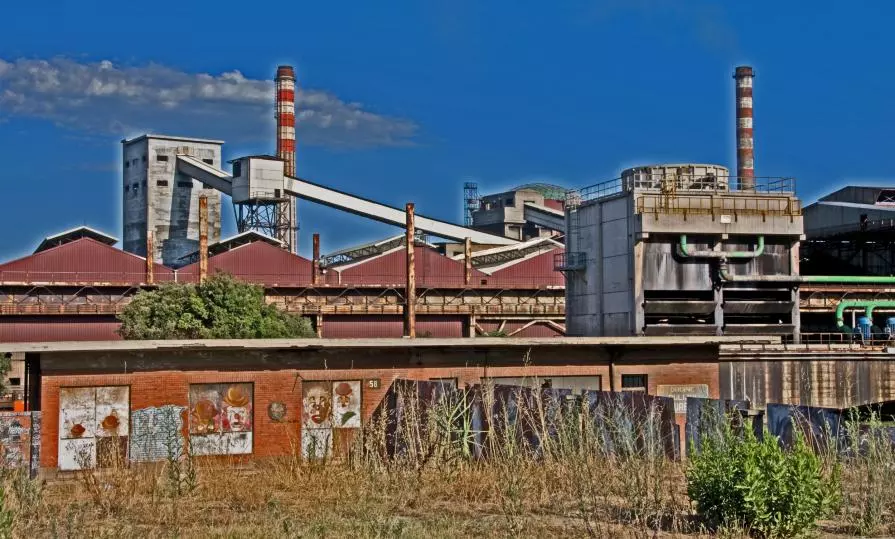

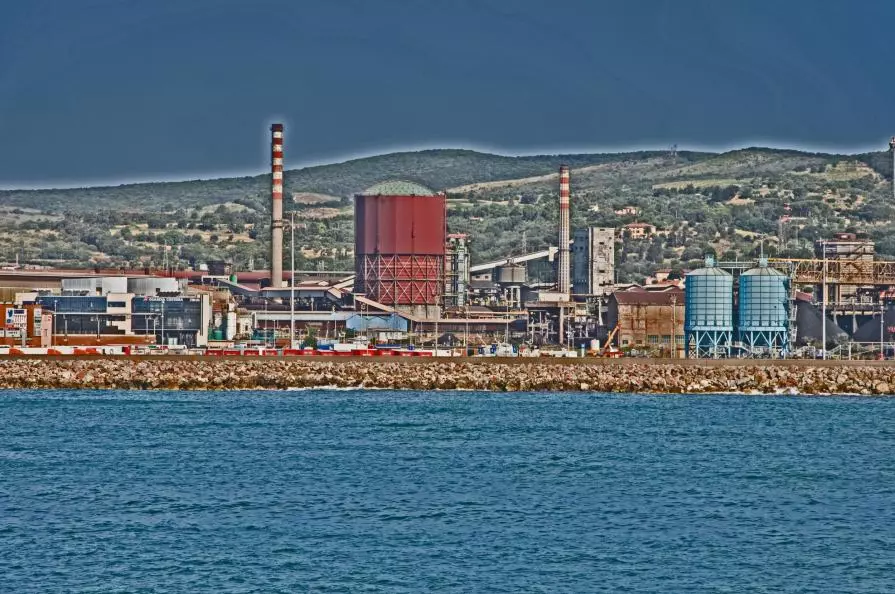

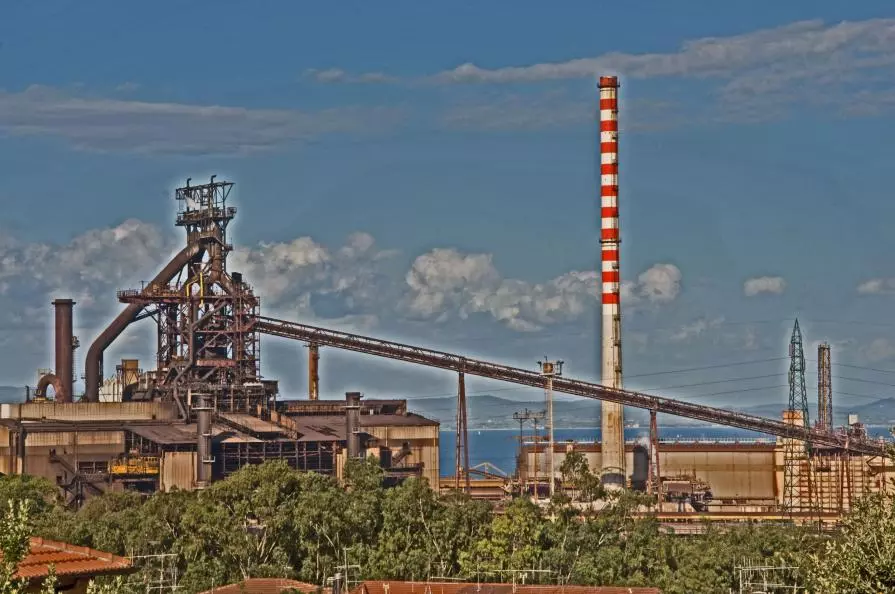
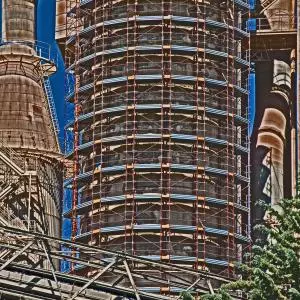
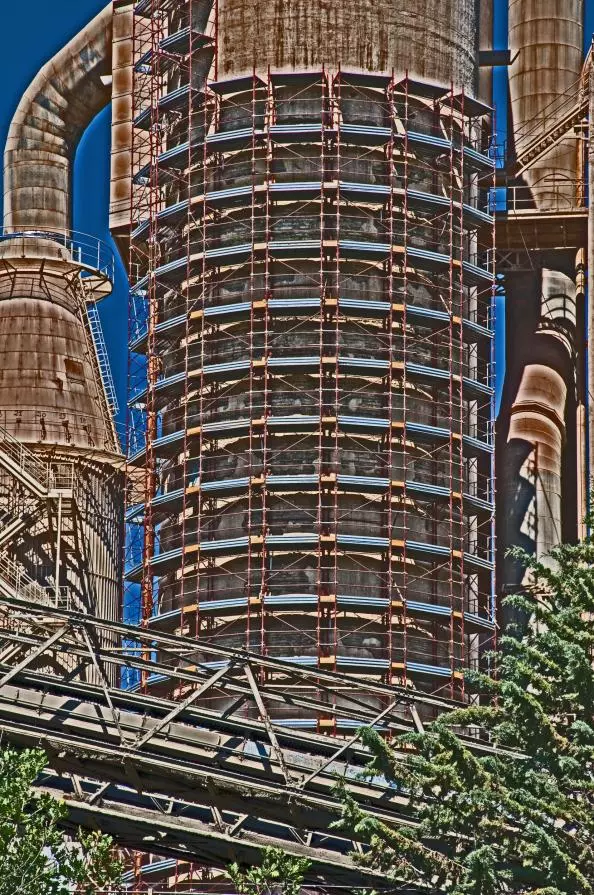


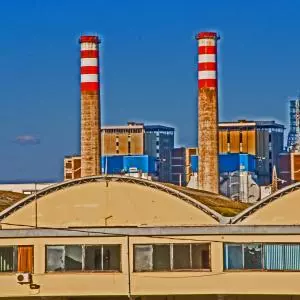
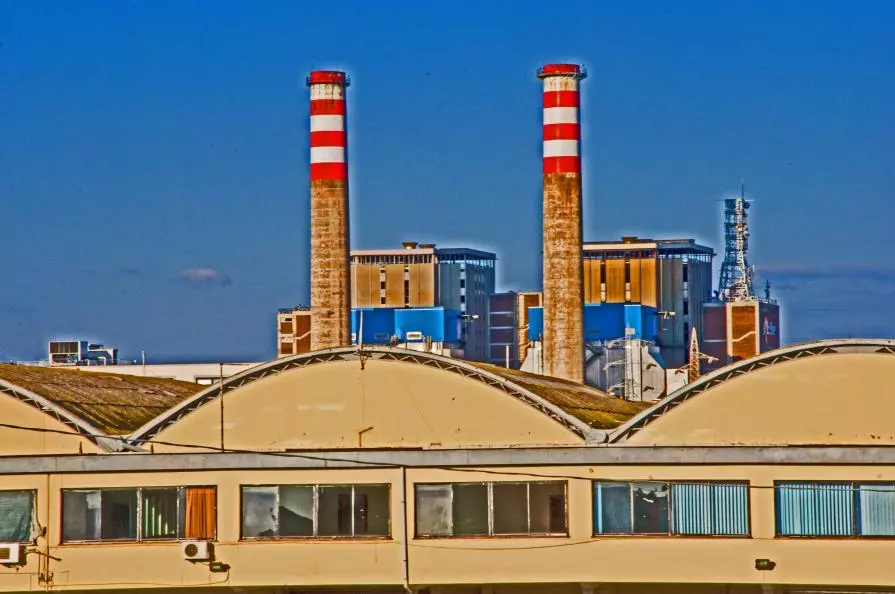




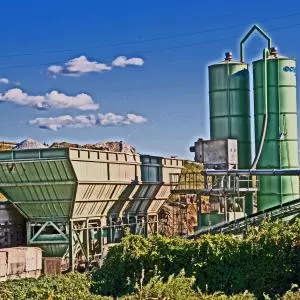
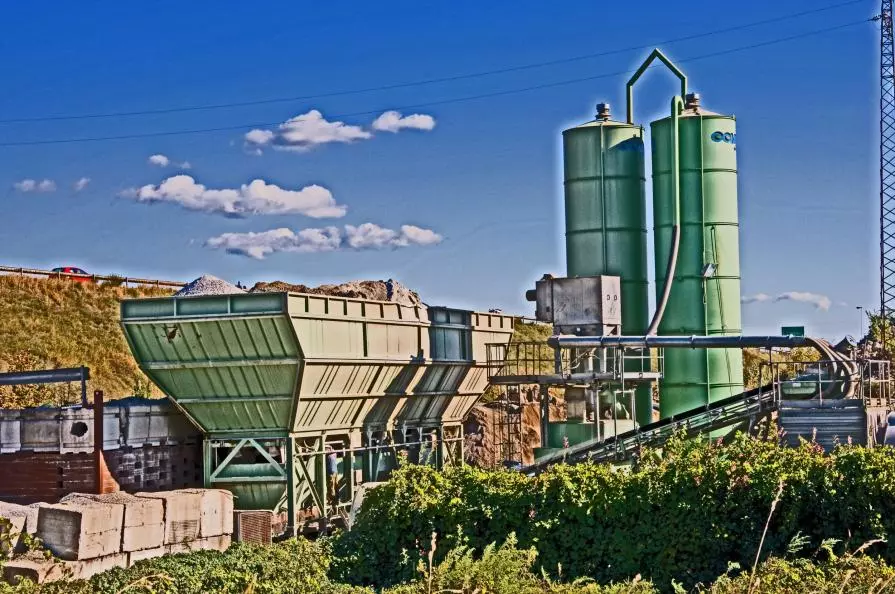

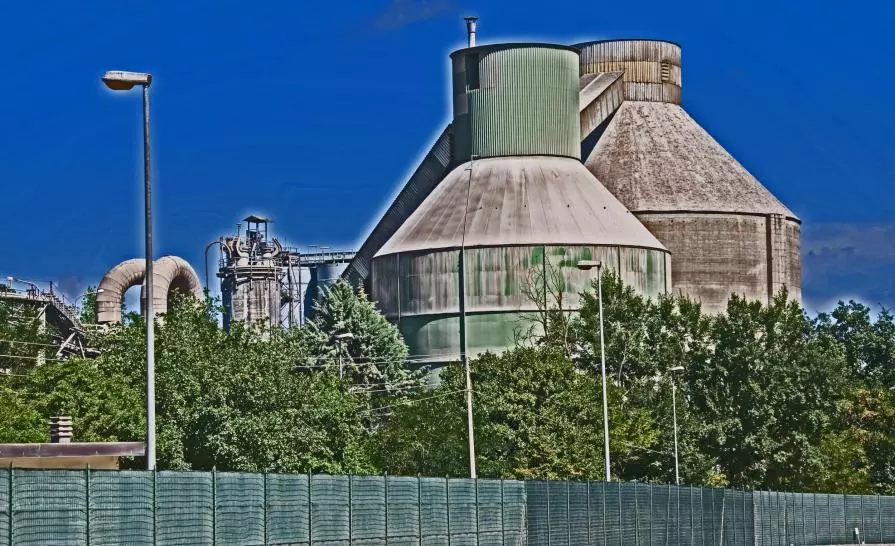










Comments 0
Say something